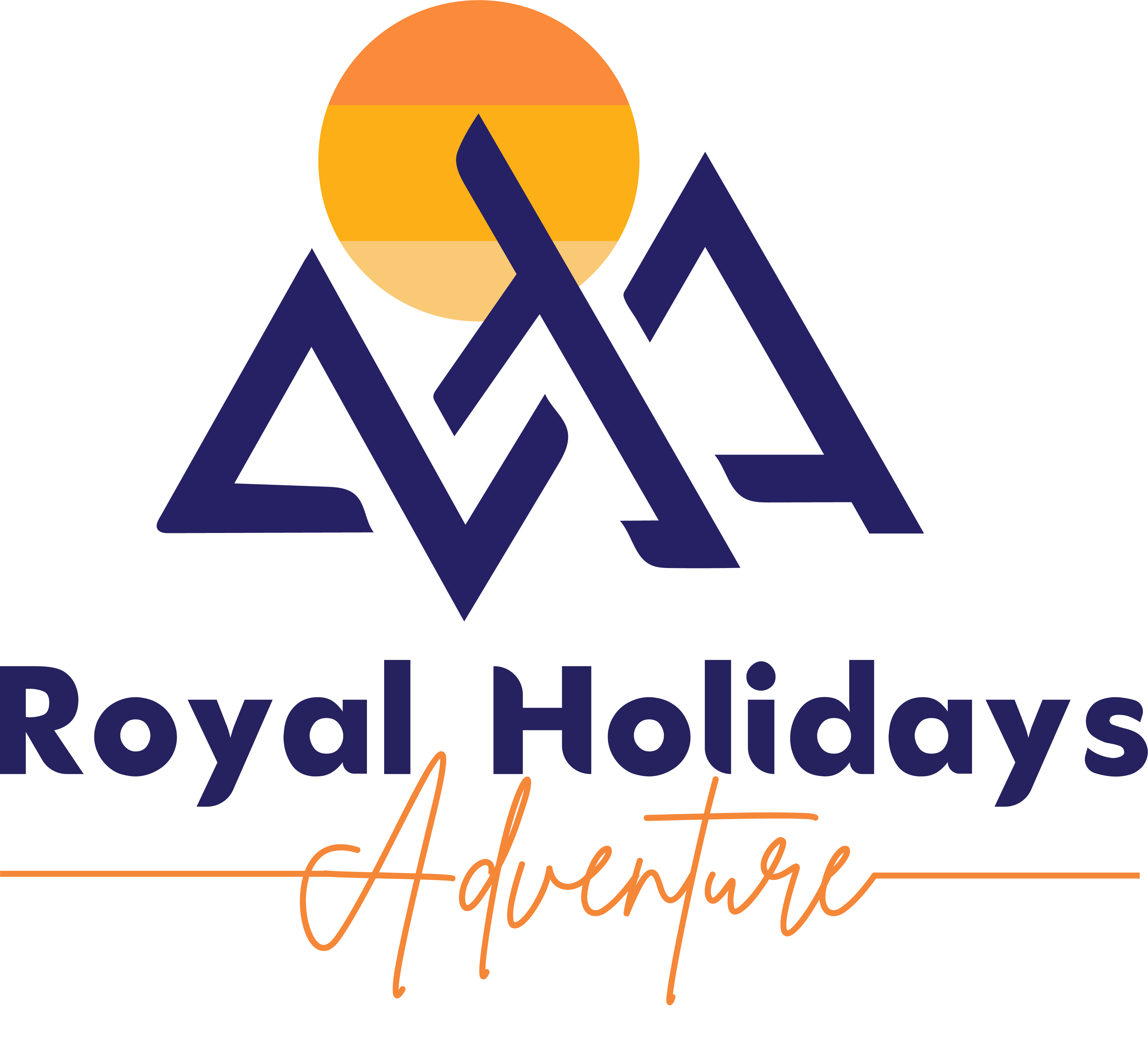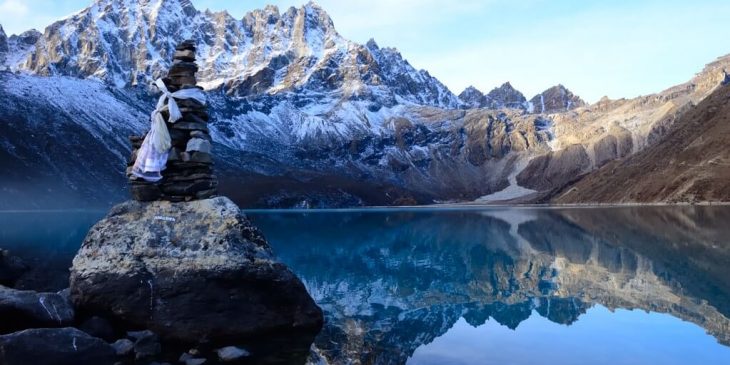
The word diversity best defines Nepal may it be in its culture, ethnicity, or geography. A gift of nature to Nepal is the elegant lakes in this country. Some of the most amazing lakes of Nepal are found in different parts here. Glacial lakes in the base of mountains are the most common. So are the naturally formed lakes in the hills. Some of these have ecological diversity like none while others connect to you to a spiritual level.
Nepal despite being a landlocked country, is rich in freshwater resources. Fed by the mighty Himalayas, the rivers and lakes here are a sight to behold. Lakes show the alluring qualities of water reflecting the world to the visitors. From small ponds to manmade wonders for different purposes, lakes here never fail to amaze visitors.
Here are 7 amazing lakes of Nepal, differing in location but each holding unique experiences within themselves.
7 amazing lakes of Nepal: Comprehensive list
-
Tilicho Lake
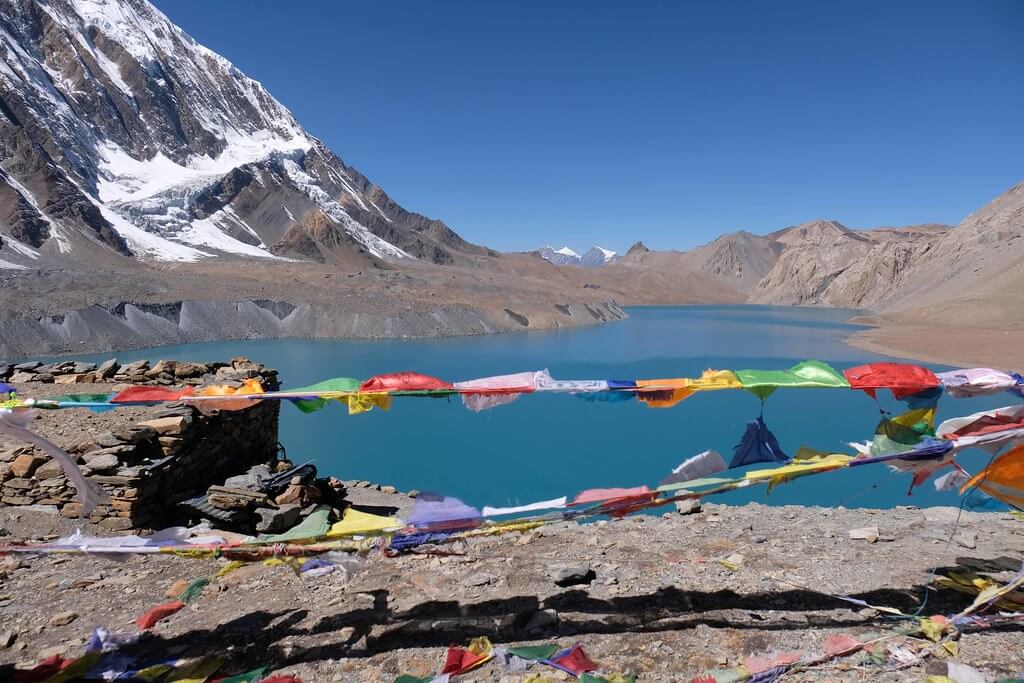
Tilicho Lake is by far the most popular lake in the beautiful Annapurna region. Every year thousands of locals, as well as tourists, trek to the lake. The landscape views from the banks of Tilicho provide you some wonderful memories.
Once you are on the premise of this lake you can have fantastic views of the mountains. The Khangsar, Tilicho, Muktinath, and Nilgiri peaks are the best of it. Along the way, you can also enjoy the views of Annapurna and Dhaulagiri massifs. It is not easy to reach Tilicho, but once you are here, it will be worth every step.
Tilicho Lake: Interesting Facts
- At an elevation of 4919 meters, Lake Tilicho is unofficially the highest lake in the world.
- Tilicho Lake is frozen for most of the winter period.
- The glaciers near here are believed to be the mouth of Marsyangdi River.
- Tilicho Lake holds the record for one of the highest altitude scuba dive completed by a Russian diving team.
- The best time to visit here will be from September to November. People also visit here in the early April period for witnessing Tilicho in its frozen form.
Tilicho Lake: How to reach here?
Tilicho lies in the Manang district of Nepal. Trekking to the lake is the common means as its the only option. However, the starting point varies like: –
- Adding to the Annapurna Circuit:- You can start like most of the other trekkers doing the Annapurna circuit. A drive to Besisahar and many days of the hike here will take you to Manang. Including this lake will take anywhere from 3-4 extra days.
- Adding to Nar Phu valley trek:- Unlike the Annapurna circuit, Tilicho Lake Trek is an extension of the Nar Phu trek. You can select to take a jeep or do this portion to complete your trek. We suggest trekkers add Tilicho Lake for more roundabout experience here.
- Drive to Khangsar and trek:- Tilicho Lake is more than capable of being a primary destination in Annapurna. The last point of jeep drive takes you to Khangsar. You can then aim to trek to Tilicho (3-4 days) from here.
2. Phoksundo Lake
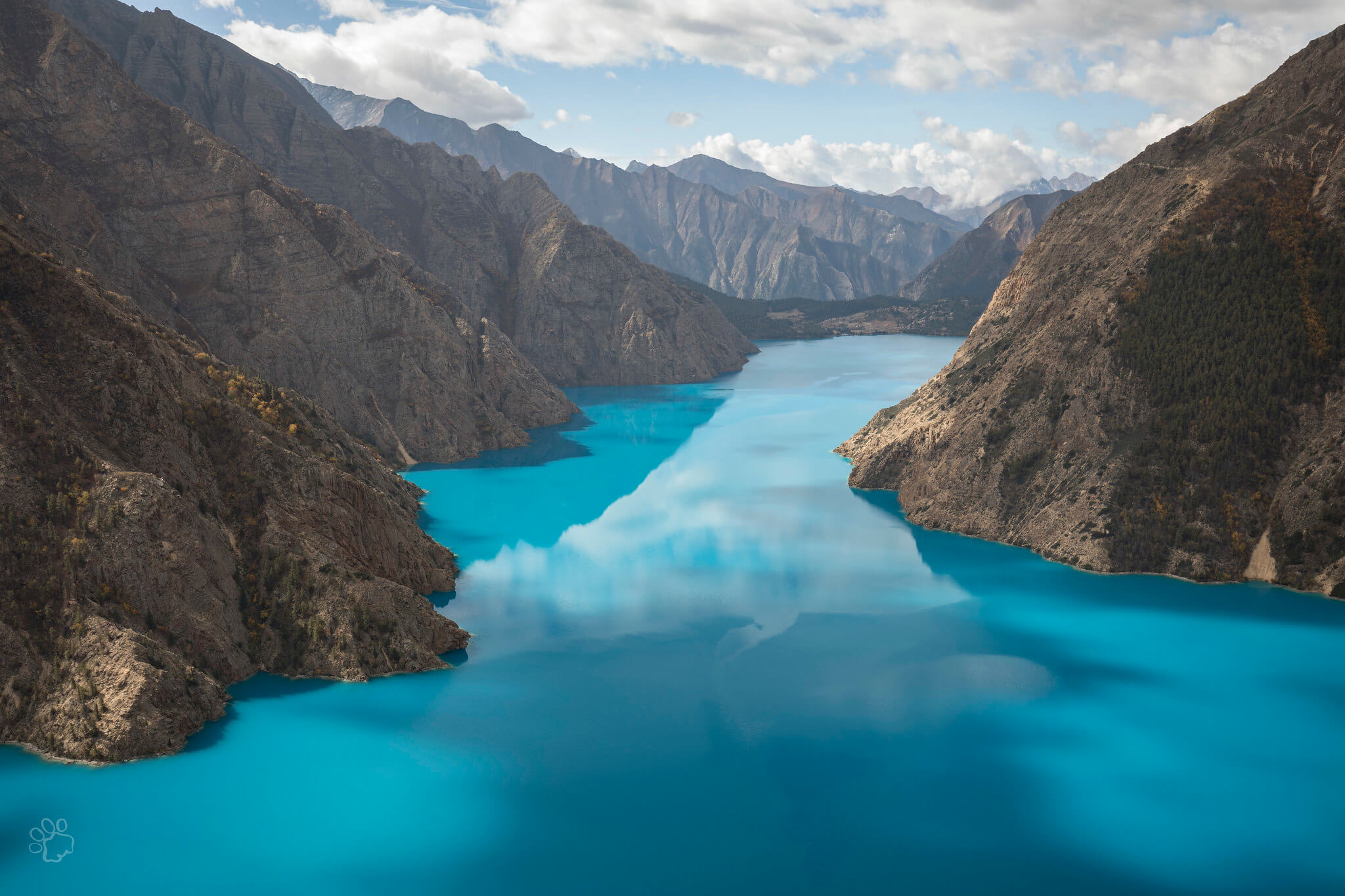
The Phoksundo (Also She- or Shey Phoksundo) Lake lies in the Dolpo region of mid-western Nepal. Phoksundo Lake is one of the most beautiful lakes in Nepal. This blue oligotrophic lake is a place where nature peacefully invites you to experience Shangri La. Small villages and monasteries around also add to the beauty of this lake. The Yaks, fantastic landscape, breathtaking views of the lake at different times of day, each complement each other.
The Dolpo area as a whole is one of the underrated regions for trekkers in Nepal. Some days here will open you to that part of the Himalayas only a few have witnessed. Phoksundo Lake encapsulates the cultural and natural aspects of the area beautifully. The path to Phoksundo is rough and rural. However, as you advance your journey will be more magical each day. From some sublime natural viewpoints, you can take the best of Phoksundo Lake and Dolpo here.
Phoksundo Lake: Interesting Facts
- Phoksundo Lake sits at an elevation of 3589 meters.
- Phoksundo Lake was once considered as the deepest lake of Nepal.
- Trekking in the Dolpo region (where Phoksundo is located) requires a permit as a restricted area for visitors.
- Cycling is another popular reason to visit Phoksundo. The trail around the lake is among the most adventurous sections to cover as a cyclist.
- The lake was open to visitors since 1989 but the area is still less documented and visited by outsiders.
- The Suligad waterfall (167 m) coming from the lake is also one of the most attractive waterfalls in Asia.
Phoksundo Lake: How to reach here?
There are a few options to reach Phoksundo Lake. However, most of these include some days of trekking due to the geographical location of the lake. If you want to do the whole travel-part by bus then you might have to change over 4 jeeps/bus to reach Khadang. Khadang is the last place reachable by vehicle. Three days of a prepared trek from here will take you to Phoksudo Lake.
Another option is to fly to Juphal. Juphal is the nearest airport to the lake. It is only a short flight from Nepalgunj. The flight saves the hassle and tiring overland journey by bus. It also takes about 3 to 4 days of trekking then to reach Phoksundo Lake. Most people choose this option for obvious reasons.
Note: A few companies operate helicopter tours over the lake from Nepalgunj. Although it is not the best option, it saves time and effort well.
-
Phewa Lake
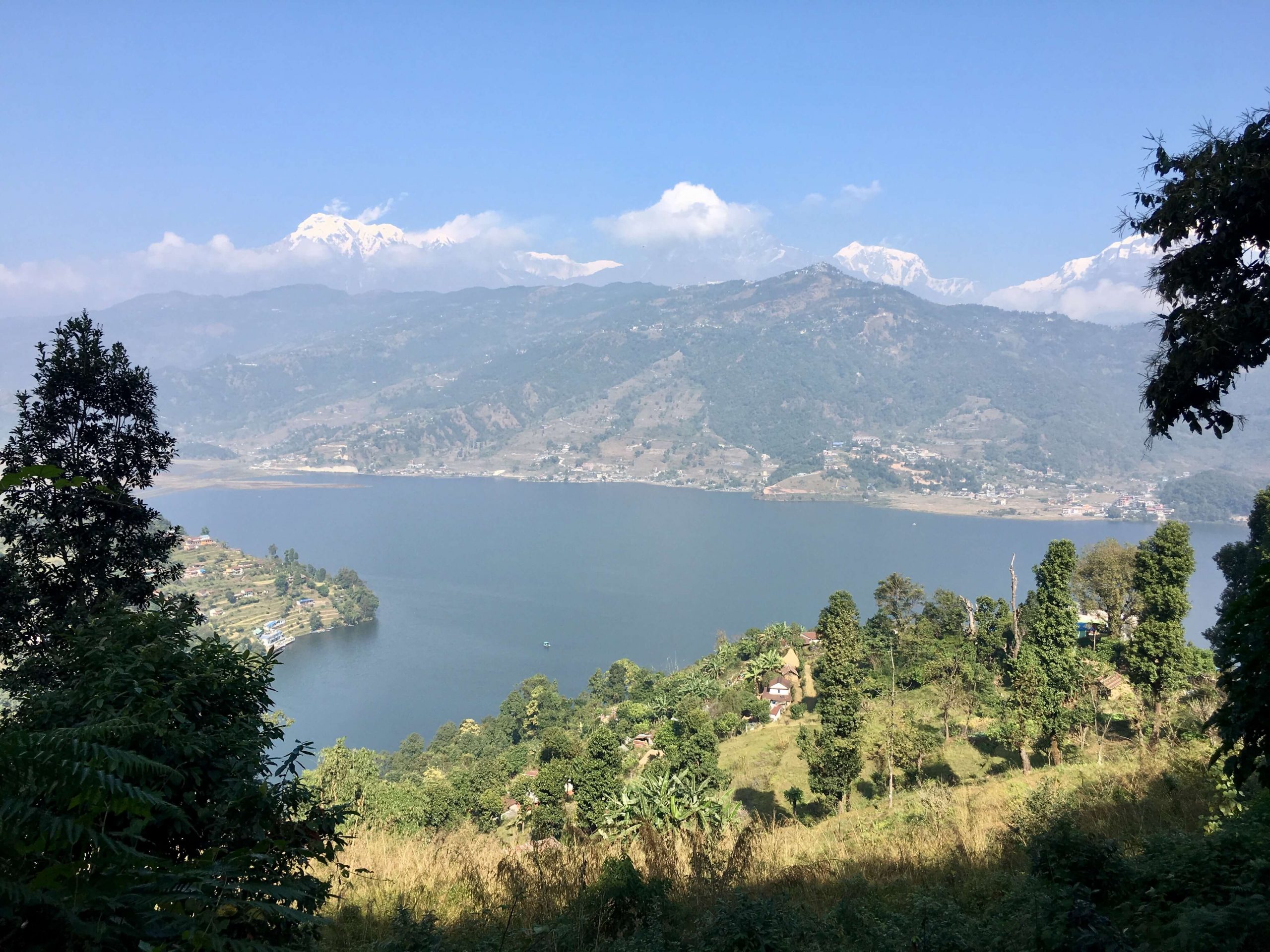
Phewa (sometimes Fewa) lake is the busiest lake in Nepal. This lake is at the heart of beautiful Pokhara City. The surrounding hills and mountains make the location of Phewa Lake even more beautiful. The reflection of Mout Annapurna and Fishtail on the clear water of Phewa is Sublime. However, during sunset, the glow of the surrounding in the lake is simply indescribable. Take a small boat to enjoy Phewa from close.
Pokhara is also known as the city of lakes. This lake attracts thousands of tourists with many side attractions and activities. Surrounding the lakes are view hiking options. One of these is the hike to the World Peace Stupa. From the stupa, you can enjoy a full-view of Phewa Lake and Pokhara city. There is also an island temple at the middle, Tal Barahi Temple adding the religious significance of the lake.
Phewa Lake: Interesting Facts
- Phewa lake is a semi-natural freshwater lake as a dam regulates the water reserves.
- You can rent different-sized boats to explore the lake here (lifejacket provided).
- Phewa Lake is the second biggest lake of Nepal.
- It is the only lake with a temple in between, Talbarahi Temple.
- Water Sports in different festivals and occasions is also common here.
- The lakeside area of Phewa has one of the liveliest nightlife of Nepal including several restaurants and bars for your service.
Phewa Lake: How to reach here?
Phewa lake is one of the easiest to reach for visitors. One can simply fly from Kathmandu and take a brief cab ride to the lake. Another option is to take a bus from the capital of Nepal. 5-6 hours of hill highway ride will take you to Pokhara. Many people also choose to take a private vehicle which might be a bit costly. However, it provides flexibility to visit other side destinations here.
The Pokhara international Airport is soon to come under operation. After that, you can fly directly to Pokhara from outside Nepal and reach Phewa Lake.
-
Rara Lake
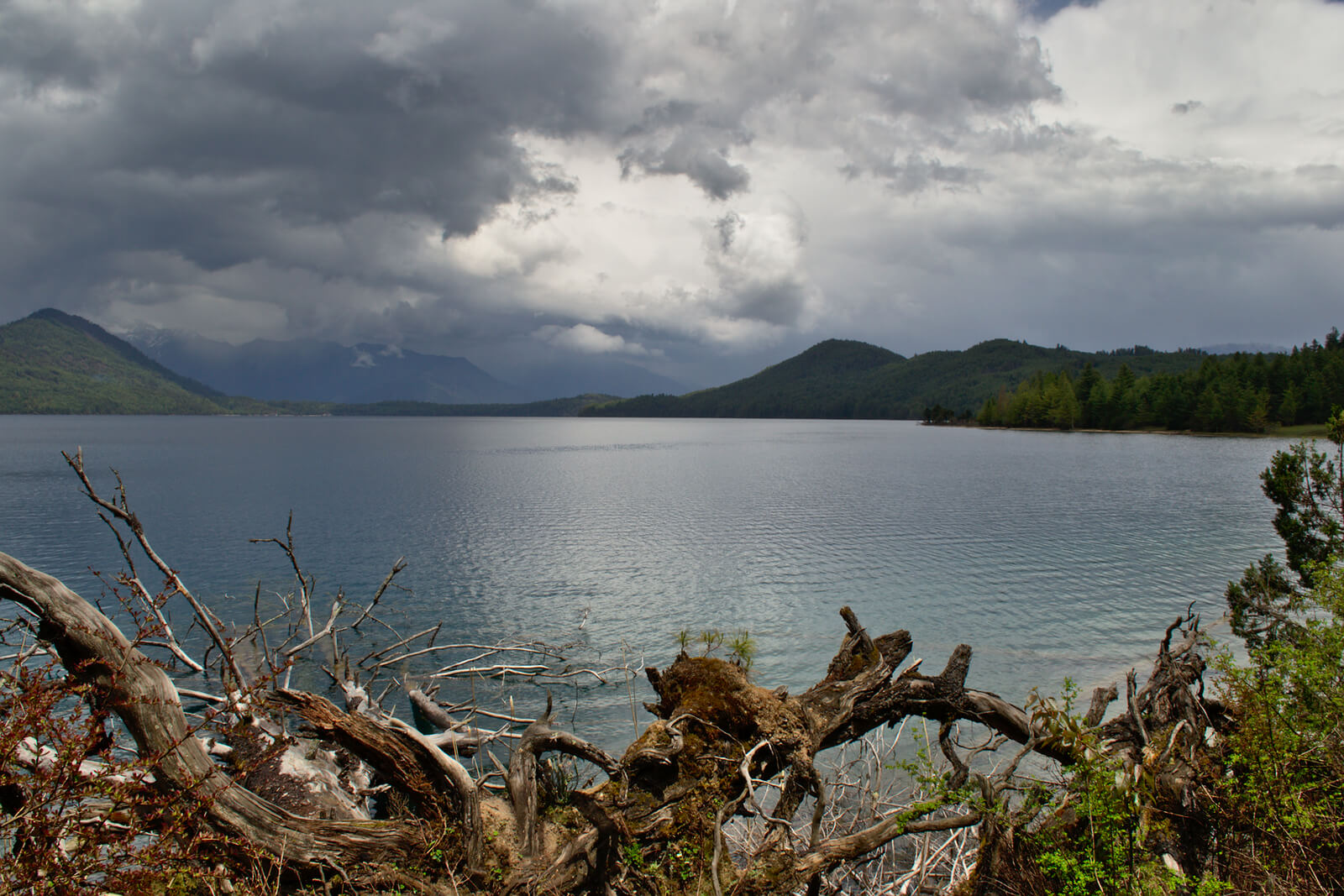
Rara Lake is the biggest lake in Nepal. It is also one of the most beautiful places to be in Nepal. Surrounded by different hills the whole region looks like the art of nature. A walk in the wide pastures around with lush juniper trees is very pleasing. The best thing about Rara is that you can get a different experience here in a different part of the year. The summer sees the greenery overwhelming while the snow-covered premises is simply breathtaking in winter. Similarly, autumn comes with clear skies and fruits of a different kind. However, spring is the time to be here in the blooming rhododendron forest surrounding Rara Lake.
The lake and the surrounding area falls under Rara national park. More than 500 different species of flora and a similar amount of wildlife species make the park home. The aquatic ecosystem here is also unique with some rare fish species. You can also take a boat/raft to explore the lake. Viewpoints like Murma Top here helps you to see the full extent of Rara. However, you must hike some more for that. Rara Lake is a place of joy and happiness. Experience it with a visit here.
Rara Lake: Interesting Facts
- Rara is the biggest (16 sq km) and deepest (167 m/548 ft) Lake of Nepal.
- It lies at 2990 meters of elevation.
- There are over 215 different species of birds in the lake premises including some migratory birds.
- You can visit both Rara and Phoksundo Lake in a single trail if planned accordingly.
- Horse riding is a fun activity here as you can hire local horses with hourly/daily rates.
Rara Lake: How to reach here?
You can reach Rara both by bus and plane. if you are planning to arrive by bus it might take a little over two days from Kathmandu. The bus takes you through Karnali Highway to Gamgadhi. It is about 3-4 hours of pleasant walk from here to the lake. There is also some jeep operating to a checkpoint near Rara. From here it’s about an hour of plain walk to the lake.
The most popular option is to fly to Talcha airport. Direct flight connects from Nepalgunj to Talcha. However, the weather might play a role in a timely flight. After landing you can find a local jeep to the point near the lake. After the completion of Rara exploration, you might return in the same way.
-
Gosainkunda Lake
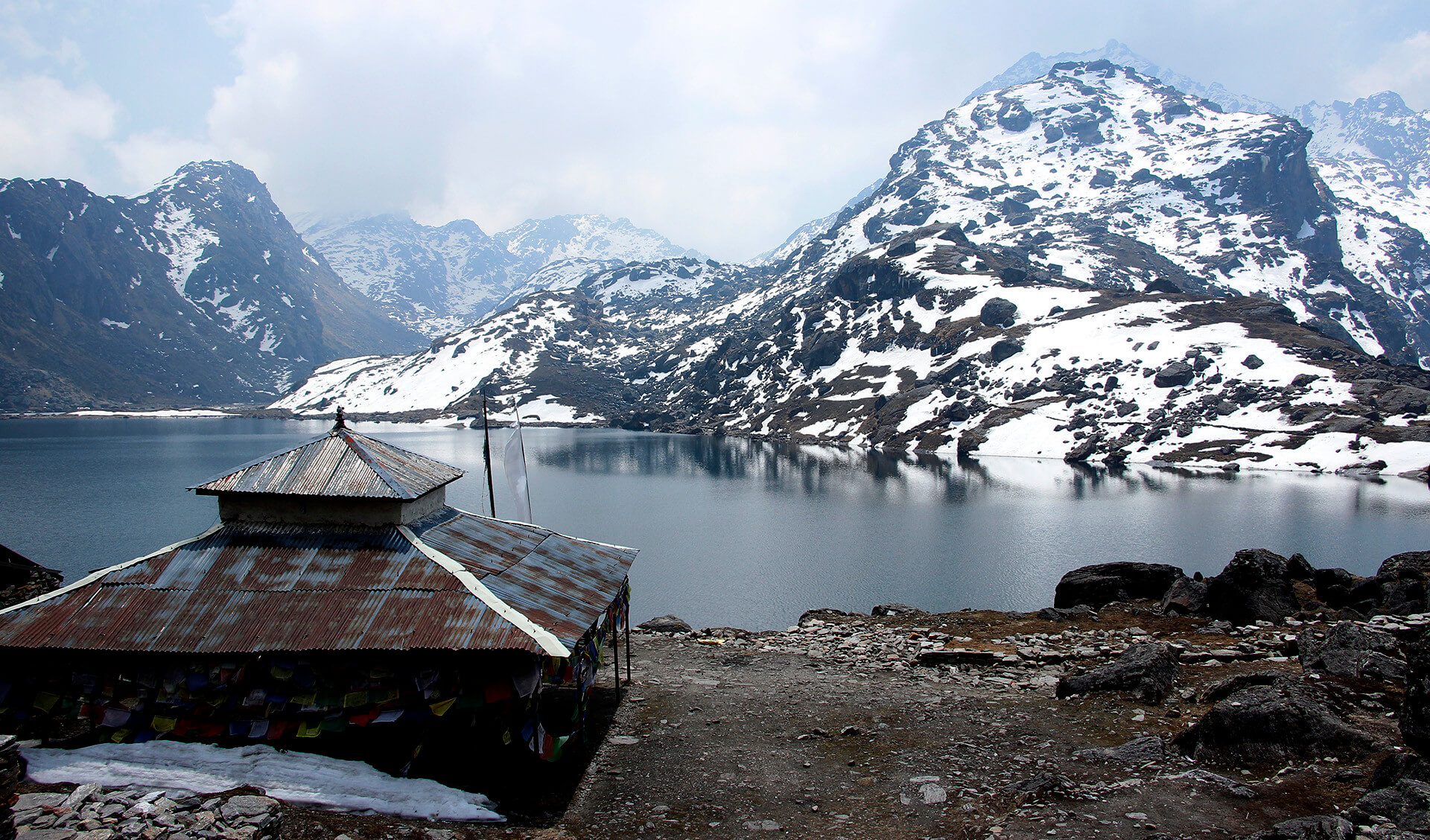
Gosainkunda is one of the holiest Lake in Nepal. It is a beautiful lake located in the high mountains here. Both Hindu and Buddhist pilgrims believe this lake as a divine destination. Many legends surrounding the Hindu deity Shiva surrounds this lake. During the Janai Purnima festival and multiple other occasions, this lake sees visitors in thousands. Similarly, there are many small and big lakes in this area adding to the beauty of Gosainkunda.
Gosainkunda lies in the Rasuwa district of central Nepal. Although being comparatively near to Kathmandu no good road goes near Gosainkunda Lake. Hence, trekking is the only option to reach this religious destination. People love to combine this lake with their Langtang trek. Similarly, most people do a circuit including the Helambu region here. After reaching the lake the magnificent views of the mountains and more make Gosainkunda special.
Gosainkunda Lake: Interesting Facts
- Gosainkunda lies in the Langtang Natinal Park.
- Over 108 small and big lakes are in the vicinity of Gosainkunda.
- Hindu devotees believe in achieving salvation after bathing and worshipping the lake.
- The major river Trishuli originates from Gosainkunda Lake.
- Langtang Lirung, Manaslu, Himal Chuli, and Ganesh Himal are the major mountains visible from the Lake.
Gosainkunda Lake: How to reach here?
Gosainkunda lies in the high Himalayas. So, trekking is the only option to reach here. You can start the trek from Dhunche or Chisapani. Both use different trail but you can do a circuit covering these destinations. The part from Chisapani might be difficult because of the steep uphill. So, most people begin the trek from Dhunche. You’ll reach the lake on the 3rd or 4th day. You will be here faster from the Chisapani trail. However, long walking days with sparse settlements might make it hard.
Apart from this, you can also take a helicopter tour of Gosainkunda. It is easier than the trek. However, the only backside is the limit of ground time (25-30 mins). It might not be enough to truly witness the beauty of Gosainkunda.
-
Gokyo Lakes
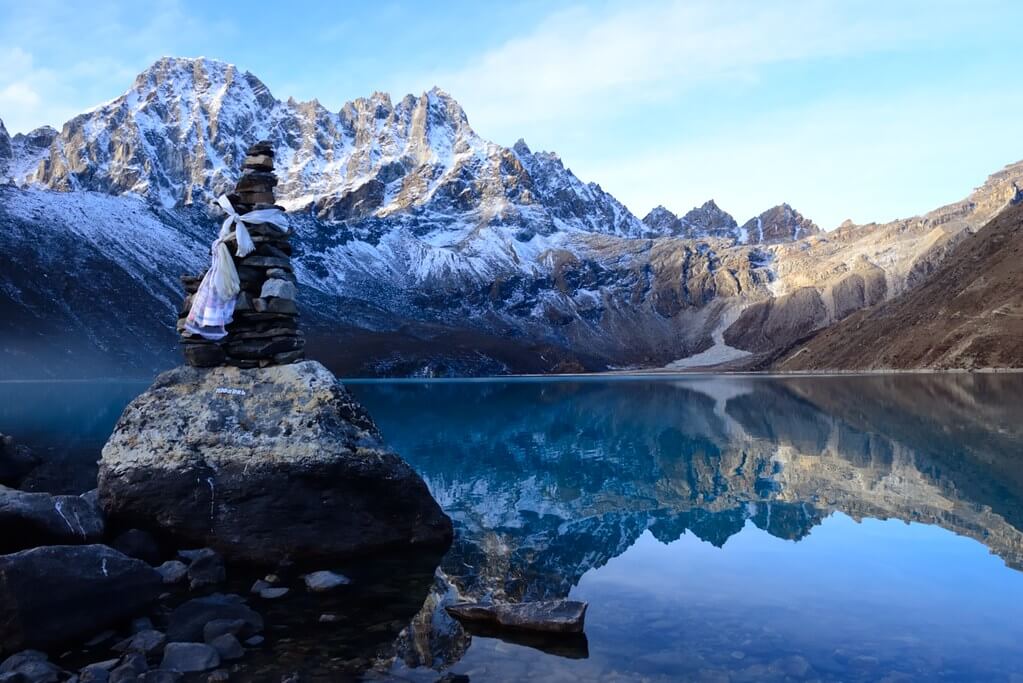
The Gokyo Lakes are the complex of oligotrophic lakes in the Everest region. All in the elevation range of 4,700 to 5,000 meters these lakes are the world’s highest lake complex. Gokyo lakes are fed from the melting Ngozumpa glacier. Just below the Cho Oyu mountain (sixth highest), these lakes are also the major side trails to the popular Everest Base Camp trek.
Gokyo Lakes constitute of five major Lakes. The biggest of them is Thonak Cho. Gokyo main or Dudh Pokhari is the main Lake here. Both Hindu and Buddhists consider this Lake as sacred. Gokyo village is a small settlement in its shore. Gyazumpa Cho, Tanjung Cho, and Ngojunba Cho are the remaining main lakes of the complex. Gokyo Ri is a ridge in this area from which you can view the four of the ten highest mountains of the world. Everest, Makalu, Lhotse, and Cho Oyu along with many other peaks are visible from here.
Gokyo Lakes: Interesting Facts
- There are six major and many more small lakes in the Gokyo Lakes complex.
- All these lakes cover over 485 acres.
- Gokyo village is a settlement in one of the highest places on earth at an elevation of 4790 m.
- Gokyo Ri is the only viewpoint to view four of the highest mountains in the world.
- The Gokyo Lakes is also the mouth of the Dudh Koshi River.
Gokyo Lakes: How to reach here?
To reach the Gokyo lakes you have to add extra four days to your standard EBC trek. Everest Base Camp trek is more complete with its inclusion. The trail starts with a flight to Lukla. A couple of days of the trek will take you to Namche. If you want to directly visit Gokyo then it takes 3 days from Namche. However, with the Everest Base camp, it takes a day extra.
A mountain flight of Everest takes you directly over the lakes. However, landing is not possible. For the best experiences, we suggest you trek to the Gokyo Lakes.
-
Gangapurna Lake
Gangapurna Lake is the lesser-known lake of the Annapurna circuit. It is a glacial lake. On the foothills of Gangapurna Peak, the Lake is beautiful throughout the year. While partially frozen in winter, the emerald green water of Gangapurna Lake is beautiful to gaze.
People love to stay a few days in Manang while doing the Annapurna Circuit. This lake is an easier option than Tilicho for trekkers. Best for acclimatization, this side trip also helps visitors to understand the local lifestyle. Once near the lake, you can take a hike to Chongkor Viewpoint. Doing this, you can enjoy the full extent of the lake and surroundings as well.
Gangapurna Lake: Interesting Facts
- Gangapurna Lake is located at an elevation of 3540 m
- The view of Annapurna, Gangapurna, and Khangsar mountains are majestic from the lake.
- Photography lovers love to be here during sunset for perfect shots.
Gangapurna Lake: How to reach here?
A jeep is available up to Manang. From here it is a nice day hike to Gangapurna Lake. If you are doing the Annapurna circuit then try adding an acclimatization day at Manang to reach here. The path is lovely and scenic to reach Gangapurna Lake.
Honorable Mentions: Famous Lakes of Nepal
Pach Pokhari: – Pach Pokhari, in Sindupalchowk District is a group of five holy lakes in Nepal. it is also the 9th highest wetland at an altitude of 4,100 m. Janai Purnima is a special occasion for both Hindu and Buddhist devotees to visit Pach Pokhari.
Dumba Lake: – Dumba lake is a small but beautiful lake on the outskirts of Jomsom. Located in Mustang District it lies on the base of Mount Nilgiri.
Taudaha:- Taudaha is a small lake near the Kathmandu valley with many significant religious beliefs. This small region is also a popular bird-watching site for enthusiasts.
GhodaGhodi Tal: – Ghodaghodi Tal is a popular lake in the plains of far-west Nepal. The lake is known for the unique shape resembling a horse. Also, the beautiful lotus bloom here makes the lake even more beautiful.
Indra Sarowar Lake: – Indra Sarovar is the biggest manmade lake in Nepal. Expanding over an area of 2.2 sq km this lake was formed for hydropower purposes for the Kulekhani Dam.
Timbung Pokhari:- Timbung Pokhari is a beautiful lake in the eastern Nepalese Himalayas. People doing the Kanchenjunga Circuit trek add this Lake as a side destination from Kambhachen village.
Nepal has so many more beautiful lakes for visitors to see. So much of the high Himalayas is yet to be explored. These amazing lakes hold some memories for any traveler to remember forever.
Also Read: Ponkar Lake Sunrise Trek
photos: Flickr
